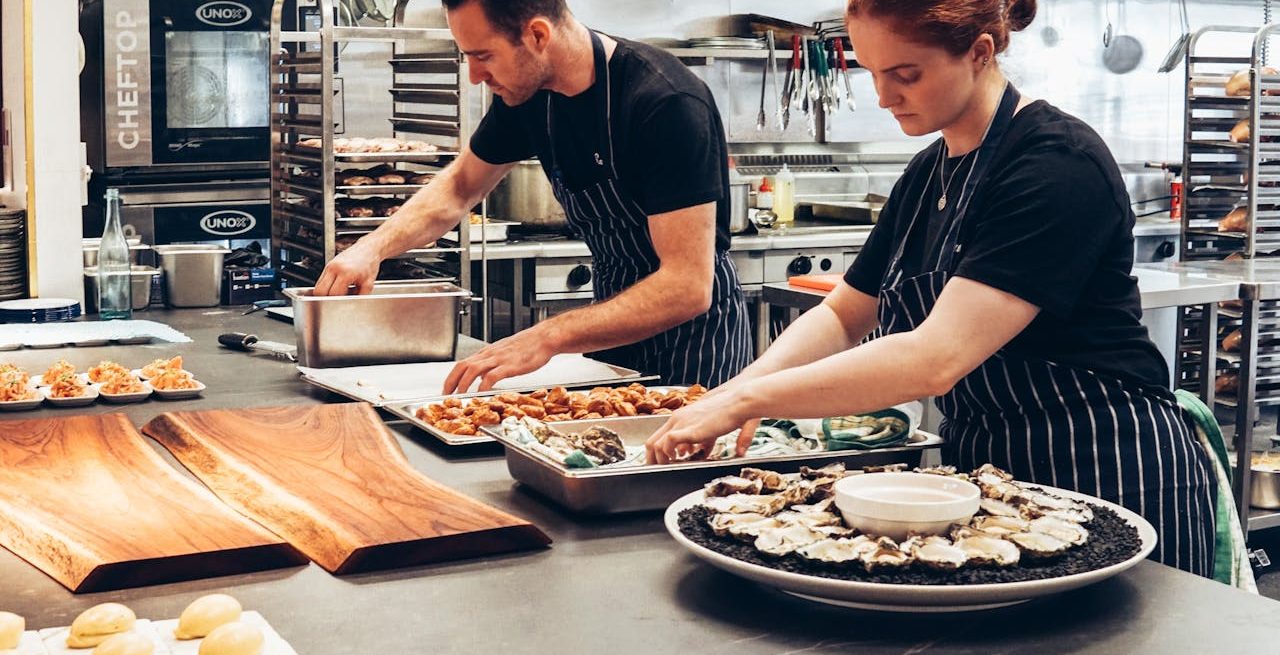Reskilling, Retention and Robotics: Creative Solutions to the Restaurant Labor Shortage
3 Min Read By Mike Szczesny
The restaurant industry has always been dynamic and challenging, but the labor shortage has pushed it to a critical juncture. Establishments are grappling with a complex crisis characterized by empty seats in dining areas and behind the scenes, where a shortage of skilled workers is keenly felt. To revitalize the workforce and enhance operational efficiency, it is imperative that we boldly explore innovative solutions across reskilling, retention, and robotics.
Understanding the Drought
The labor shortage has hit hard, with many restaurants operating below capacity despite a rebound in customer demand. The gap between available positions and willing, skilled workers has widened, putting pressure on service quality and business sustainability.
Several factors have contributed to the labor shortage, including competitive job markets, evolving career expectations, and a mismatch between the skills available in the workforce and those required by the industry. Additionally, the physical demands and historically lower compensation levels in the sector have made these roles less attractive to job seekers.
These impacts affect not only the bottom line for businesses but also the dining experience for customers. Reduced staff can result in longer wait times, decreased service quality, and, in some instances, limited operating hours or menu options. This can ultimately lead to lower customer satisfaction and loyalty.
Reskilling the Crew
Restaurants are recognizing the need to enhance certain critical skills within their teams. These skills include digital literacy for managing online orders and reservations, exceptional customer service, and culinary expertise for more efficient and high-quality food preparation.
Investing in comprehensive training programs is key to meeting these skill requirements. By providing staff with the necessary knowledge and skills, restaurants can enhance service quality, operational efficiency, and employee satisfaction.
Encouraging and training employees to be adaptable and capable of handling multiple roles within the restaurant enhances flexibility in staffing and operations. This, in turn, makes the business more resilient to fluctuations in staff availability.
Automation is becoming increasingly viable, with robots capable of performing repetitive tasks, such as food preparation and delivery. This can free up human staff to focus on areas that require a personal touch.
Retention Revolution
To retain staff, restaurants go beyond salary by offering benefits such as health insurance, retirement plans, and performance bonuses. This recognizes the value of their contributions to the business.
Creating a positive work environment is crucial. This includes fostering team spirit, recognizing individual achievements, and ensuring a safe and inclusive workplace. Acknowledging the importance of work-life balance, flexible scheduling, and support for personal commitments is becoming standard practice to improve staff well-being and loyalty. Opportunities for advancement within the organization are essential for motivating and retaining employees, signaling the restaurant's commitment to their long-term potential and career development.
Robots: Friend or Foe?
Integrating restaurant robots, from automated cooking stations to delivery drones, offers a solution to labor shortages, potentially increasing efficiency and reducing costs. While robotics can enhance certain aspects of the restaurant experience, the value of human interaction remains paramount. Balancing technological advancements with the need for personal service is key to maintaining a connection with diners.
The responsible implementation of robotics involves considering the impact on employment, privacy, and customer experience. It is essential to ensure that technology complements rather than replaces human workers.
Embracing automation while fostering a skilled and satisfied workforce presents a forward-looking approach to navigating the labor shortage. By leveraging the strengths of both humans and robots, restaurants can create a more resilient, efficient, and enjoyable dining experience.
As the restaurant industry evolves through 2024, these strategies underscore the importance of adaptability, innovation, and dedication to employees and customers. By addressing the labor shortage with a holistic approach that includes reskilling, retention, and the responsible use of robotics, restaurants can ensure their continued success.


